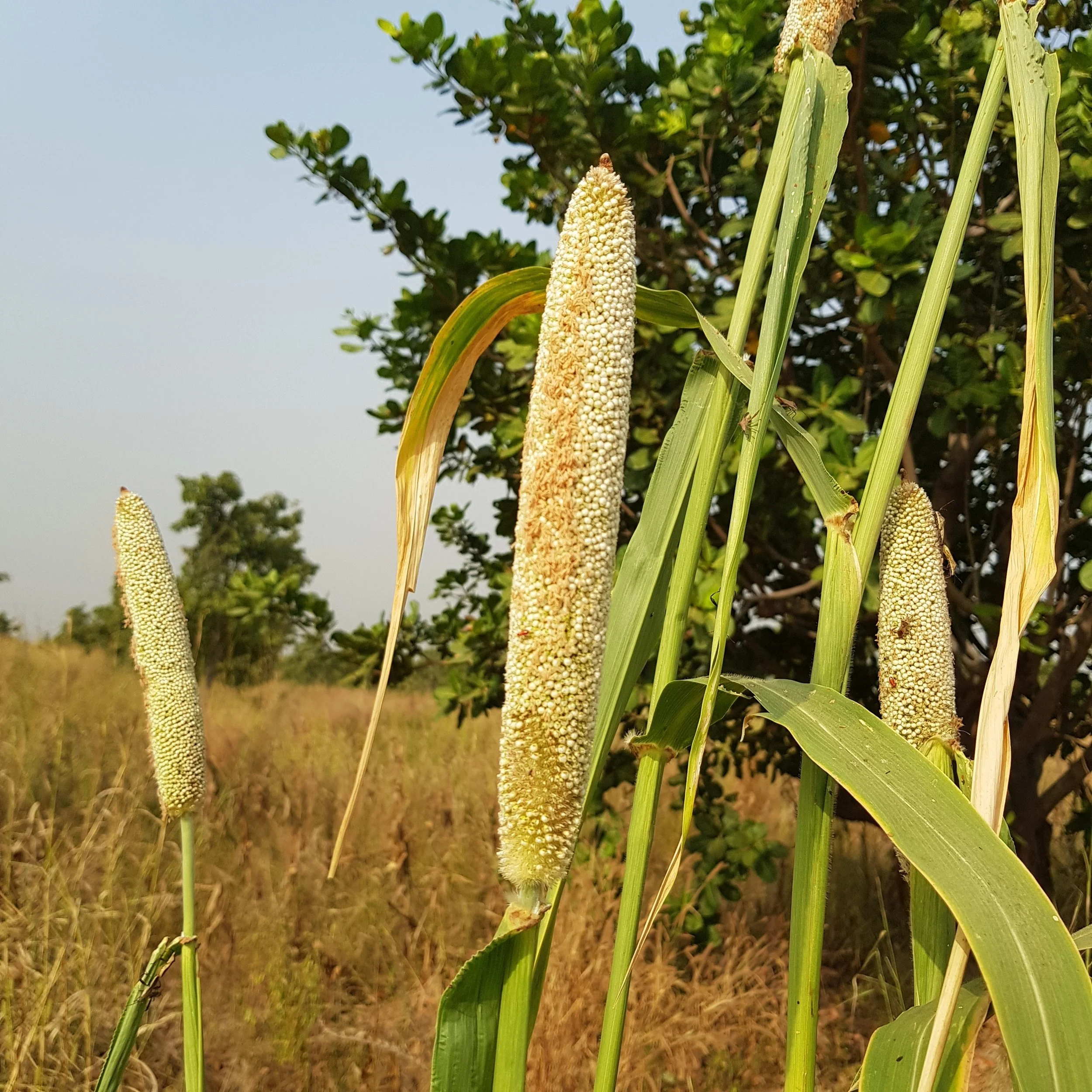The Grain We Almost Forgot
Millet wasn’t part of my childhood kitchen.
I don’t remember it in family recipes or on our dinner table. But when I returned to Ghana as a chef and food systems thinker, I became obsessed with it. Why had this ancient, climate-smart, nutrient-rich grain disappeared from so many of our plates?
That question led me to millet farmers, market vendors, seed keepers—and eventually, back to my own mother.
We were in New York when she asked, “Do you know how to make fura?”
She described it as a lightly fermented millet drink she had growing up in Tamale. Spiced, served with milk, full of memory.
We made it together—using non-dairy milk this time—and when she took a sip, her face lit up. “Yes. That’s it,” she said.
That moment reminded me: food doesn’t just nourish. It remembers. And sometimes, restoring a dish isn’t about scale or systems. Sometimes, it’s about giving someone you love a taste of where they come from.
When I made millet salad with my team in Ghana, I discovered something else: how difficult it can be to process traditional grains with consistency. We thought the millet was cleaned—but it still had tiny stones. It wasn’t until my cousin showed me how to use water and a calabash to separate the grain by density that I understood how deeply these ancestral techniques still matter.
Millet isn’t just a grain—it’s a signal.
It tells us what’s been lost and what’s still possible. In Accra today, I’m seeing millet-based dishes like touzafi more regularly, alongside traditional millet porridges and drinks.There’s potential here. Not just for nutrition or resilience—but for cultural revival.
Imagine school lunches swapping out imported rice for millet. Imagine private companies investing in millet beer. Imagine traditional porridge vendors and modern chefs working side by side to celebrate a grain that has quietly endured for generations.
If you’ve never tasted it: millet is mild, nutty, and earthy. Often fermented, often ground, and beautifully absorbent. It’s a grain that holds the memory of hands that have tended it across centuries.
This week, I’m honoring that memory—and imagining the future it might still grow.
📬 Want the full story?
Read the original Substack letter: here → selassieatadika.substack.com
